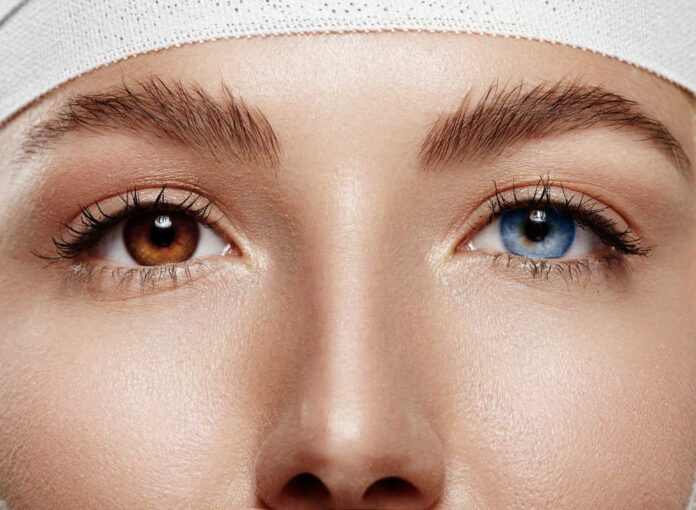
Your eyes are your windows to the world.
They allow you to see and understand what’s happening around you. And they may also allow others to see into you and understand what’s happening inside you.
Does Iris Color Matter?
You may have seen some claims that your eye color indicates certain health risks or personality traits. But the clinical evidence for most of these assertions is unconvincing.
Some studies say that people with blue irises are at a higher risk for developing cataracts. Yet other studies say, no, people with dark brown eyes have a higher risk.
Some of these eye color studies find correlations that likely have very little or nothing to do with eye color. The observation is that people with type 1 diabetes have a slightly higher tendency to have blue eyes (but this epidemiological study involved a small number of people, and the correlation could be due to various other factors). Similarly, with blue eyes and alcohol dependency—statistical associations do not support the claims that eye color is a meaningful predictor of alcohol use disorder.
One area where eye color might impact is the development of ocular uveal melanoma. Because light-colored eyes have less melanin, they may be more susceptible to damage from ultraviolet radiation. However, this form of eye cancer is rare, regardless of eye color.
Eye Movements
“Follow my finger with your eyes…” says the doctor, as they move a finger back and forth in front of your face. The doctor is checking for abnormal eye jerking, inability to track the finger smoothly, or other problems with eye movement which indicate neurological problems.
Disordered eye movements may indicate that the muscles that move the eyes, or the nerves that supply them, are not functioning correctly. Neurodegeneration in the brain can also cause abnormal movements. For example, people with Alzheimer’s disease may have trouble fixating on an object or exploring their surroundings with their eyes.
Another test for neurological dysfunction is the pupillary light reflex test. When the eye is exposed to light, the pupil (the black part in the center of the iris) gets smaller. By shining a flashlight in each eye and observing the pupil’s reaction, the doctor can discover indications of damage or impairment of the autonomic nervous system.
When The Whites of Your Eyes Aren’t White
The sclera is the part of the eye that’s usually white. If it turns yellow, this may be a sign of jaundice, which occurs when there is too much bilirubin in the blood. Bilirubin is produced as the liver breaks down red blood cells. If the liver is not functioning properly, bilirubin can build up and cause the whites of the eyes to take on a yellowish tint.
When the whites of your eyes are red, it can be related to many different possible causes, including:
- Allergies
- Bacterial or viral infections (conjunctivitis)
- Broken blood vessels
- Dry eyes
- Fatigue
- Inflammation
- Irritation
- Intoxication
If your eyes have an abnormal appearance or you are suddenly experiencing any changes in your vision, be sure to check in with your primary care physician or an ophthalmologist.






















